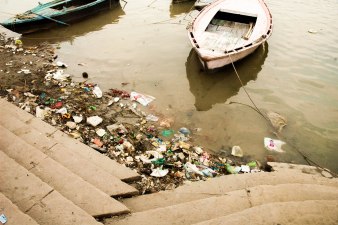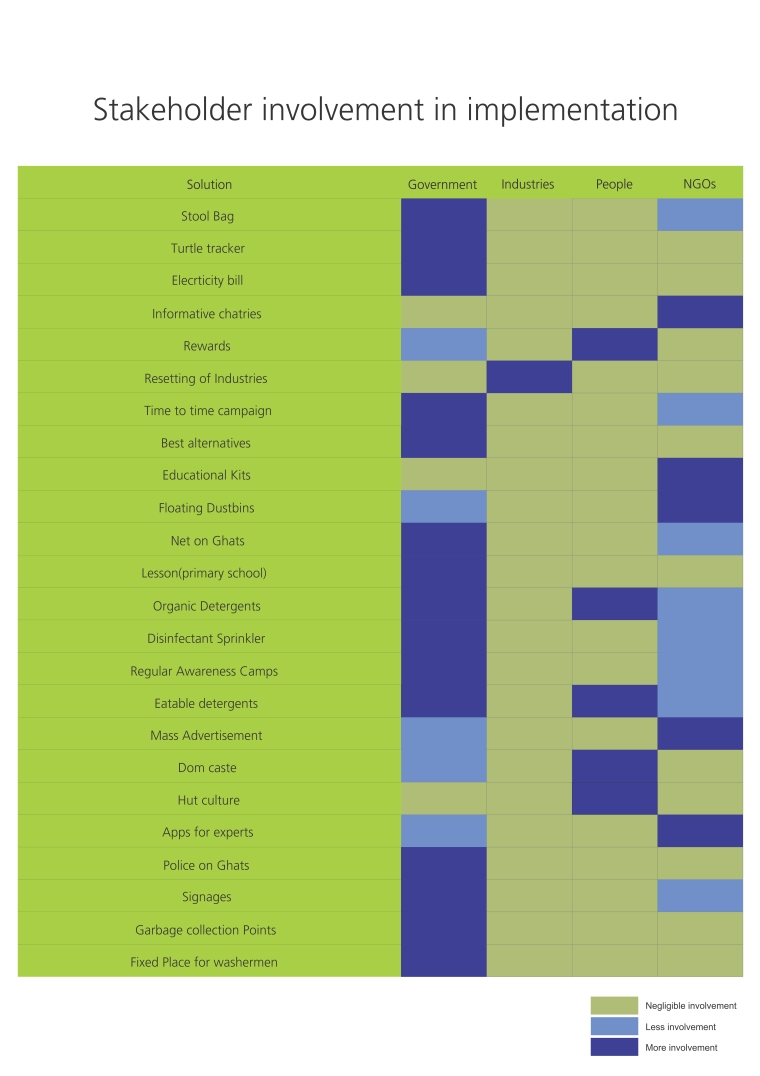
Proposed solutions
0 CommentsLeave a comment
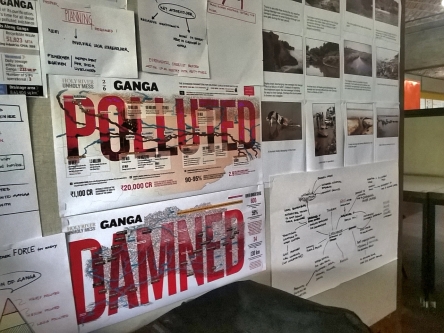
At the Ghats, we observed that the people themselves contributed in polluting the river knowingly or unknowingly. People peed there on the Ghats. Threw plastic wastes into the river. Used soaps and detergents. They openly defecated on the banks and Ghats. Also, it’s a cultural norm that the dead bodies of Priests, children and people died of snake bite, shouldn’t be burned, but thrown away into the river. These decaying corpses can spread a number of deadly diseases.
Thus we decided to conduct an experiment.
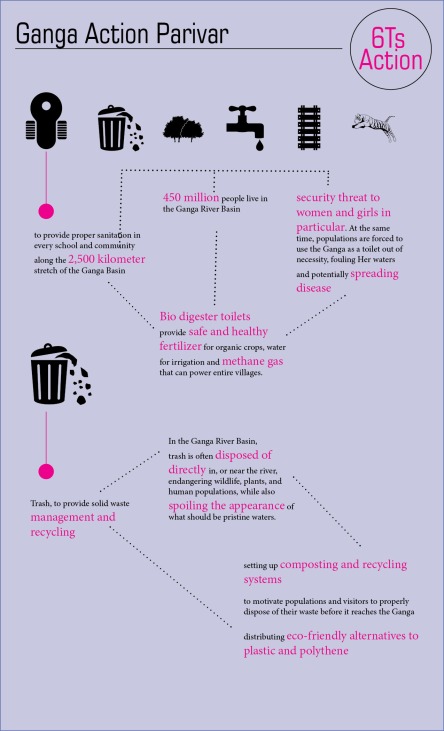
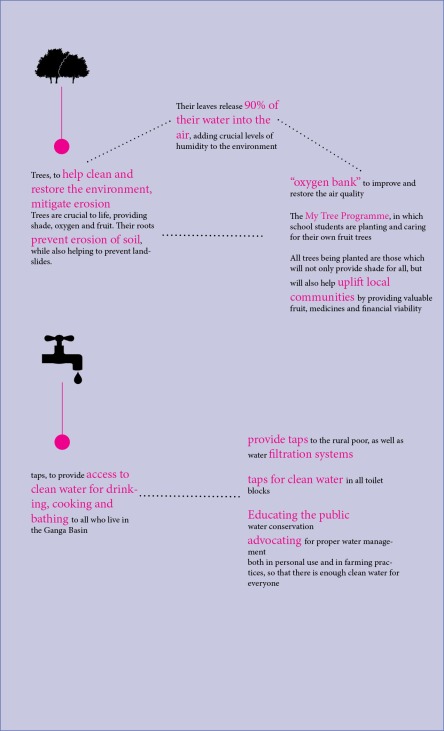


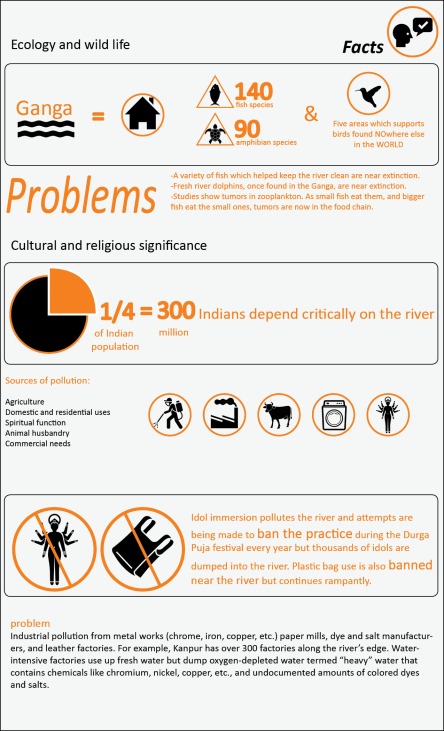
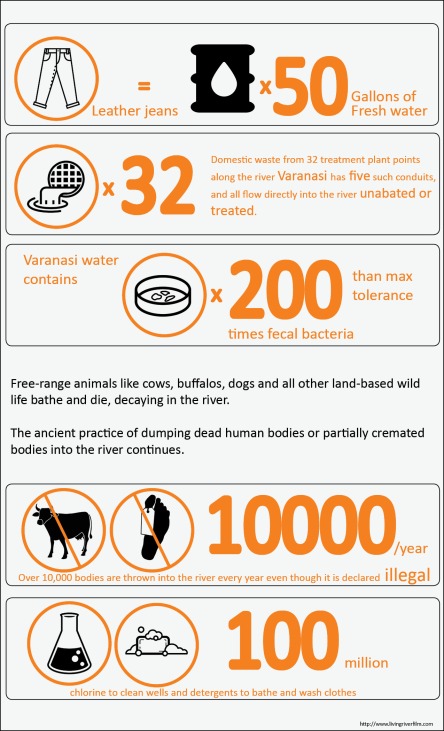


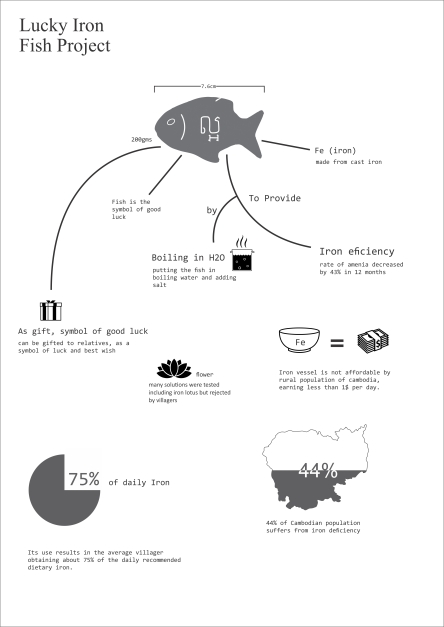
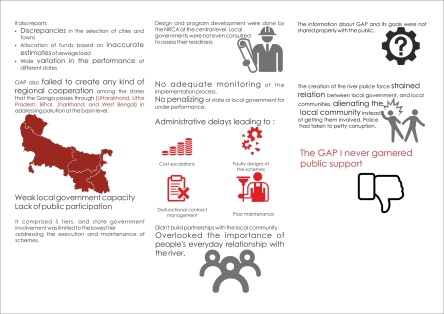

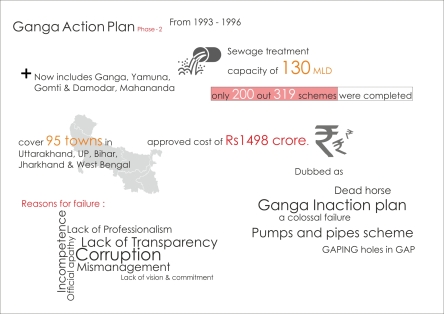
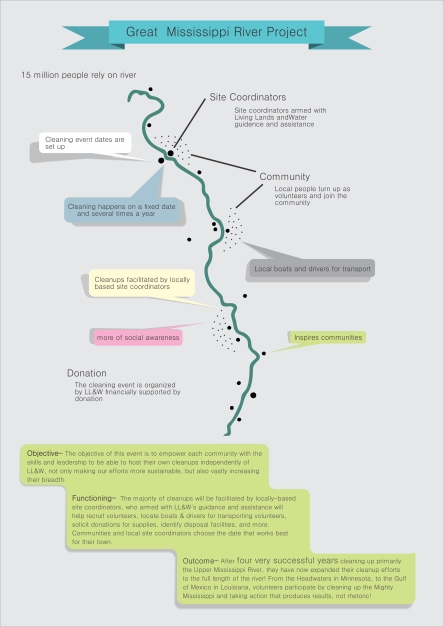

 The insights we gained from talking to all those people whom we met during our field visit, was tremendous. We interviewed local people, pilgrims, pandits, heads of NGO’s and health officials. Above is a compilation of all the primary data we got.
The insights we gained from talking to all those people whom we met during our field visit, was tremendous. We interviewed local people, pilgrims, pandits, heads of NGO’s and health officials. Above is a compilation of all the primary data we got.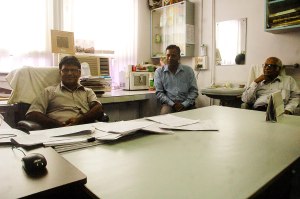

 The ghats are the local name given to the steps that lead down to the sacred waters of the River Ganges.On them live the Sadhus – ascetic Hindu holy men – who share them with pilgrims from all over the world. Locals and their children also spend much of their time on the ghats, praying or working.
The ghats are the local name given to the steps that lead down to the sacred waters of the River Ganges.On them live the Sadhus – ascetic Hindu holy men – who share them with pilgrims from all over the world. Locals and their children also spend much of their time on the ghats, praying or working.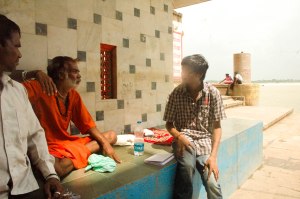
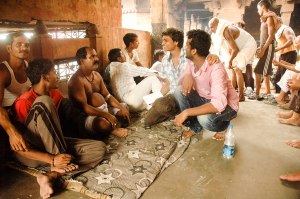 Dom community
Dom community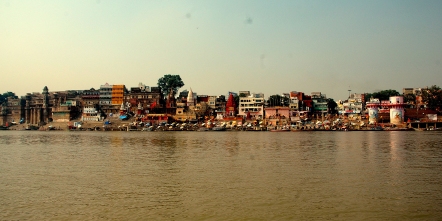
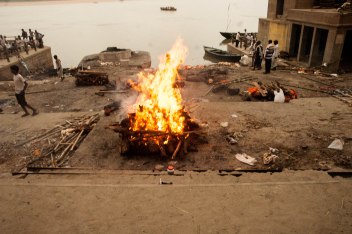
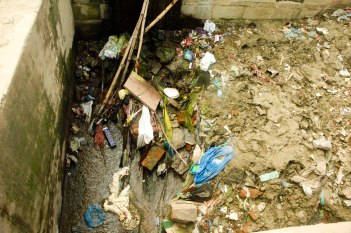
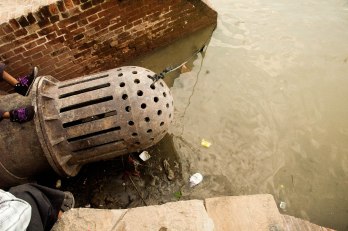 Sewage into the river
Sewage into the river